Cases of students being poisoned by consuming free drinks and candy containing banned substances from strangers have made parents extremely worried.
Cases of students being poisoned by consuming free drinks and candy containing banned substances from strangers have made parents extremely worried.
Constant worry
Food insecurity in front of school gates, despite being rectified and tightened by authorities, is still widespread, posing a problem that requires the cooperation of the entire community. Schools, parents and students need to raise consumer awareness to ensure the health of future generations.
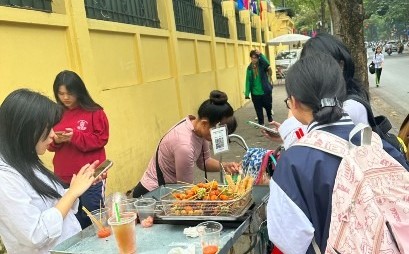 |
| Street food, including school gate snacks, is contaminated with bacteria such as E.coli. |
Sidewalk stalls in front of school gates have long been an indispensable part of school life. However, behind that convenience lies a major food safety risk that few people pay attention to.
According to data from the Food Safety Department (Ministry of Health), 70-80% of street food, including school gate snacks, is contaminated with bacteria such as E.coli - bacteria that cause diarrhea and intestinal diseases.
In particular, foods containing chemicals, pesticides, growth promoters, etc. can accumulate in the body, leading to chronic diseases and cancer.
These dishes are often prepared carelessly with ingredients of unknown origin, reused cooking oil, and unsanitary processing procedures.
Vendors often use their bare hands to directly touch food, store it carelessly, and do not cover it, making it susceptible to contamination from dirt and insects.
Walking around primary and secondary schools in Hanoi, it is not difficult to see mobile food carts selling foods such as sausages, fried spring rolls, cheese sticks, fried fish balls, candy, and drinks.
These dishes are very cheap, only 3,000-8,000 VND per portion. To attract students, sellers use colorful food coloring, rich seasonings, and preservatives to extend shelf life.
The consequences of consuming foods of unknown origin are not small. In Hanoi, many food poisoning cases occur right at school gates.
A typical example is the incident where dozens of students at Binh Minh Secondary School (Thanh Oai) suffered headaches and stomachaches after drinking free bottled water.
Previously, students at Nguyen Quy Duc Secondary School (Nam Tu Liem) felt nauseous and had headaches after eating strange candy. At Hoanh Mo Secondary and High School (Quang Ninh), 29 students were poisoned after eating candy bought at the school gate.
There have been even more serious cases. A 5-year-old boy was hospitalized for drug poisoning after eating a cake given to him by his neighbor. Doctors at the National Children's Hospital said the cake contained a synthetic drug also known as "flying chocolate".
Which room?
In addition to the risk of poisoning, accepting candy and drinks from strangers also poses the risk of kidnapping and child abuse. Therefore, parents need to teach children how to distinguish between acquaintances and strangers, and learn how to refuse gifts from strangers. If a stranger tries to force a child to eat or drink, the child needs to know how to call for help in time.
To thoroughly solve this problem, Hanoi City has implemented the plan "Strengthening food safety control in and around school gates" from August 2024.
Local authorities are reviewing all educational facilities, school kitchens, and canteens, and updating the list of food businesses around schools. However, the role of supervision from families and schools remains very important.
Parents need to educate their children to recognize safe food, and guide them to bring snacks from home for use during recess. Schools need to coordinate with authorities to strictly control the area around the school and strictly handle violators.
Mr. Dang Thanh Phong, Head of the Hanoi Food Safety and Hygiene Department, said that units need to step up propaganda so that the community and parents of students understand the risks of using products of unknown origin; when there is suspicion of using unsafe food, it is necessary to immediately go to a medical facility for timely examination and treatment.
In addition, relevant units need to continue to strengthen food safety control in and around school gates. On the family side, parents need to limit their children's use of food and snacks of unknown origin that are sold or distributed for free in front of school gates.
Instead, parents should choose foods with clear origins and sources, ensuring food safety and hygiene to prepare for their children to eat at home and can bring snacks to use during breaks and recess.
Some other experts also emphasize the role of family education. This is the most important factor. Accordingly, parents equip their children with basic knowledge about distinguishing dirty food from clean food, identifying reputable addresses and staying away from places that sell food that does not ensure food safety.
At the same time, schools also need to take stronger action. Not only stopping at advising students and parents not to use street food of unknown origin, schools should also strengthen supervision and proactively coordinate with authorities to strictly handle businesses that violate food safety standards.
Food safety is not only the responsibility of the government, but requires close coordination from families, schools and the community. Only when everyone works together can the health and safety of children be ensured in a sustainable way.
Source: https://baodautu.vn/moi-lo-ngai-ve-an-toan-thuc-pham-truoc-cong-truong-hoc-d230571.html


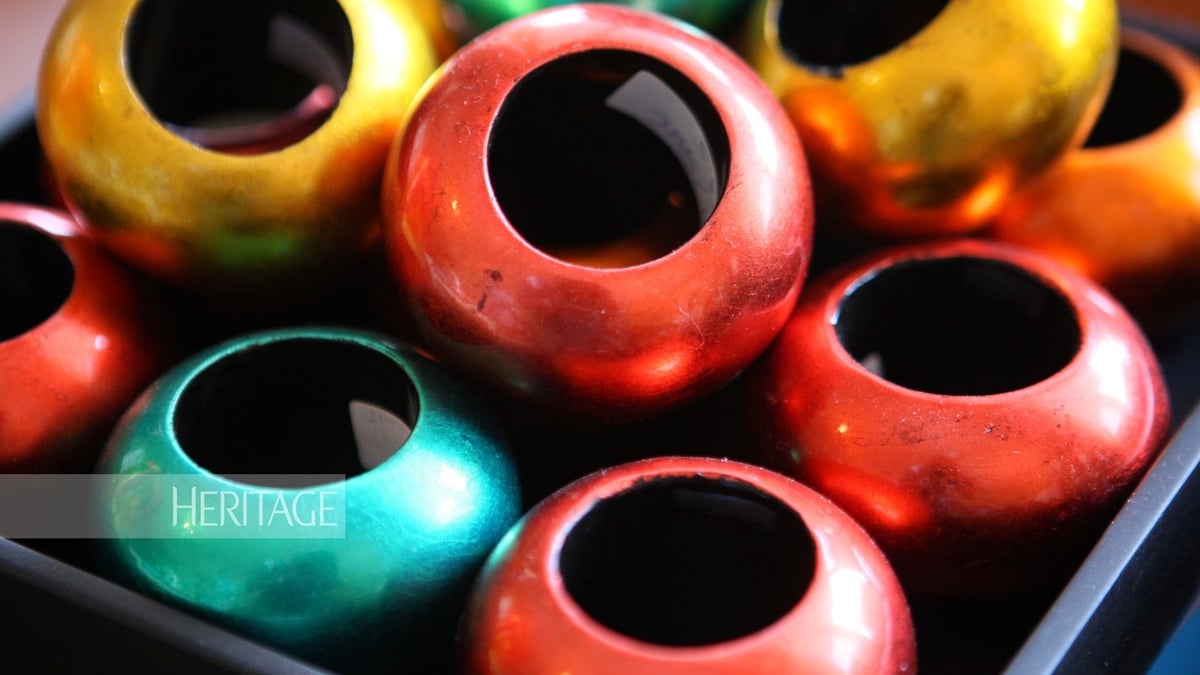










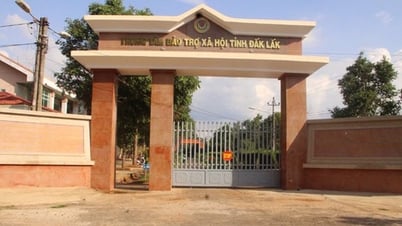




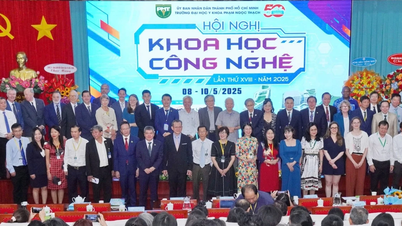
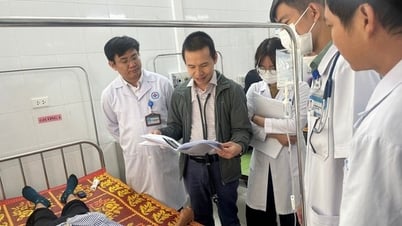
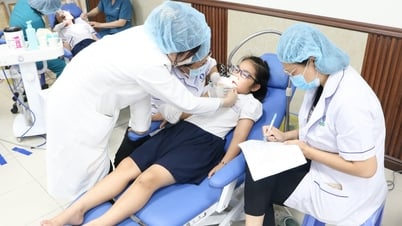
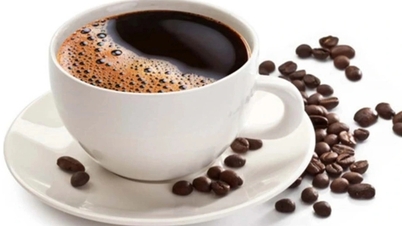












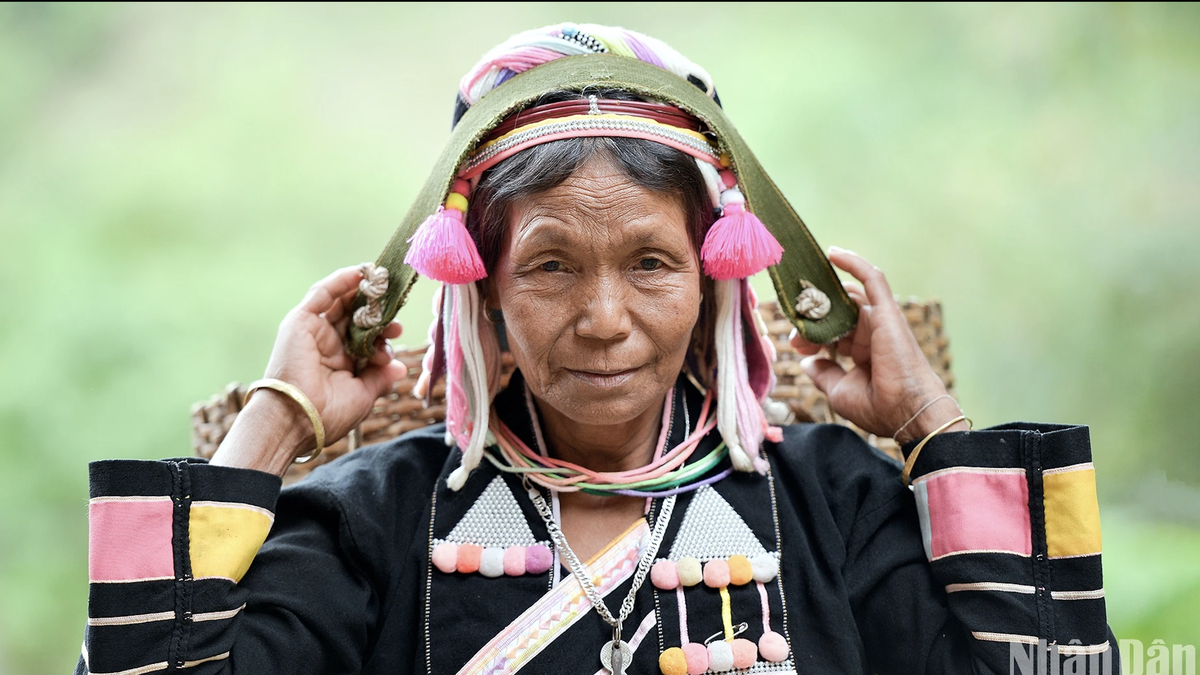
![[Photo] Prime Minister Pham Minh Chinh meets with the Policy Advisory Council on Private Economic Development](https://vphoto.vietnam.vn/thumb/1200x675/vietnam/resource/IMAGE/2025/5/8/387da60b85cc489ab2aed8442fc3b14a)
![[Photo] General Secretary To Lam begins official visit to Russia and attends the 80th Anniversary of Victory over Fascism](https://vphoto.vietnam.vn/thumb/1200x675/vietnam/resource/IMAGE/2025/5/8/5d2566d7f67d4a1e9b88bc677831ec9d)
















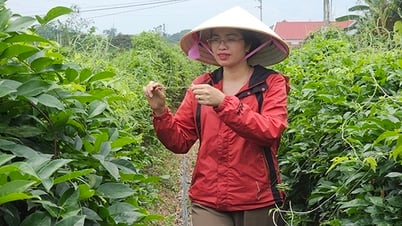

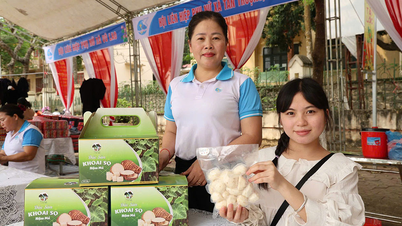

























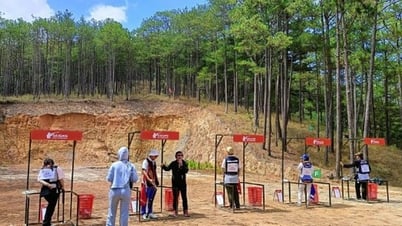



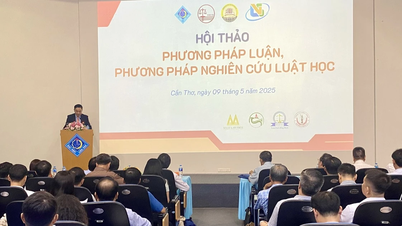



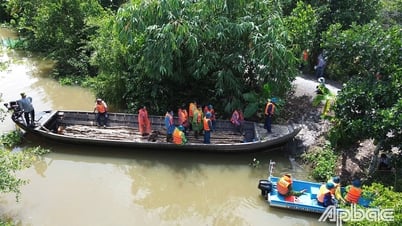










Comment (0)